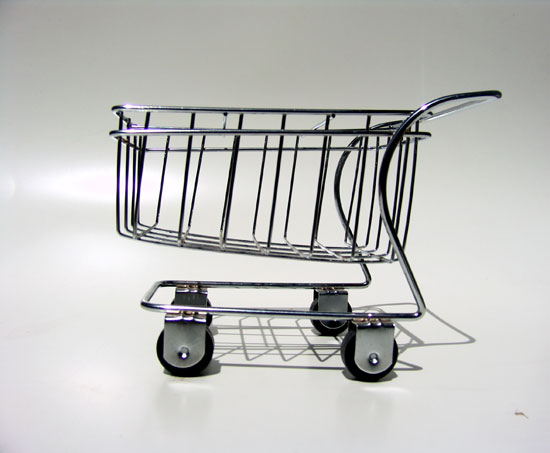 It was the stream of shoppers visiting Steve Archer’s new convenience store in Newcastle-under-Lyme last week that really underlined his point that sometimes local shopkeepers cannot see the opportunity under their noses.
It was the stream of shoppers visiting Steve Archer’s new convenience store in Newcastle-under-Lyme last week that really underlined his point that sometimes local shopkeepers cannot see the opportunity under their noses.
He had persuaded the landlord of two small closed shops to let him lease them, knock them together and provide a full convenience offering including off licence. Nearby retailers led a petition of their customers to oppose the off licence and lost.
“Local people really like the idea of being able to walk to their shop, rather than travel to the supermarket,” Steve told me. I could see this was true with my eyes.
Mr Archer’s message is pretty much the same as the one Justin King, the boss of Sainsbury, told the national media at a City dinner around the same time. Shoppers are going “back to the future”, Mr King said, making more frequent trips and putting fewer items in their baskets.
There is a big opportunity, Ed Garner, communications director of Kantar Worldpanel, told the second Independent Retailers Conference organised by Sweet Charity last week. Mr Garner, whose data is used by the major multiples, big manufacturers and the City to work out what is going on in retail, provided a devastating critique of what the big four are doing.
Tesco’s Big Price Drop has been a success, he said. But it only succeeded in dropping its market share as shoppers bought the same amount of stuff but at lower prices. Tesco’s problem is it already has nine out of 10 shoppers going to its shops and all its new store opening plan is doing is helping existing shoppers to choose a more convenient Tesco to visit.
However, underneath the headlines, Mr Garner’s analysis shows that there is a lot of growth in own label at the bottom of the market and the top. Tesco’s Finest brand, for example, is worth £100m a year and shoppers trade up to it from big brands. Sainsbury’s is successful because it attracts shoppers at the top and the bottom. Its value own label outsells Asda’s, for example.
The message for local shopkeepers is clear. Work out which type of shopper you are trying to attract and change your assortment of products accordingly. The local shops of the major multiples sell far more fresh and chilled foods than independently run shops, Mr Garner observes. On his figures, Tesco and Sainsbury are growing three times faster in local markets than the average c-store. Chilled and fresh food is the big opportunity for local shops.
But is the supply chain good enough? In a frank assessment of the market, Chris Etherington, chief executive of Palmer and Harvey, said the wholesale channel needed to improve its systems to compete with the multiples. “Fresh is nowhere near as high as it should be because the industry isn’t as good at delivery as it should be,” he said.
However, there is a great opportunity for local shops, he said, and wholesalers needed to work hard to help their customers exploit it. The move to shopping locally is being driven by consumers and not the supermarkets. They are following the shoppers into your neighbourhood. You need to get out of your shop and see what the opportunity looks like – before someone else does.



Comments
This article doesn't have any comments yet, be the first!